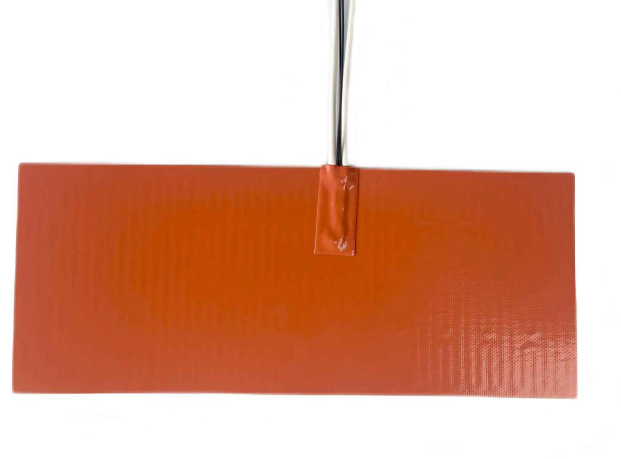
Why High-Temperature 3D Printers Need Rogers Silicone Heaters
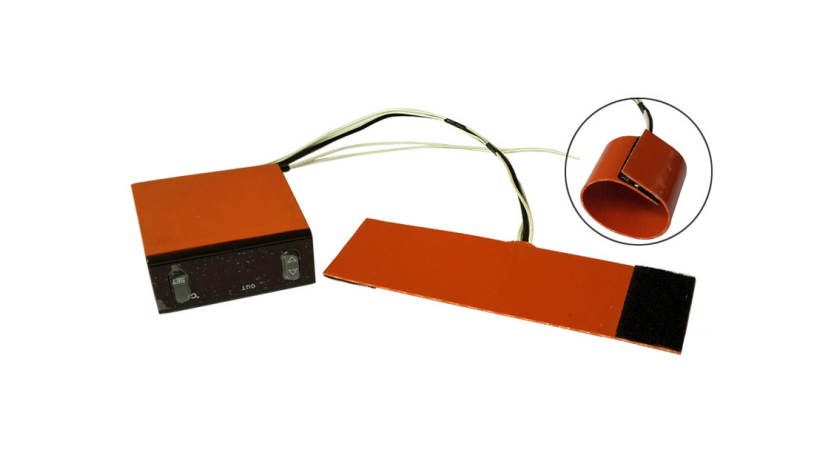
Choosing the Right Thermostat for Smart Temperature Control Needs

Silicone Rubber Heaters in Automotive: Durability Meets Innovation
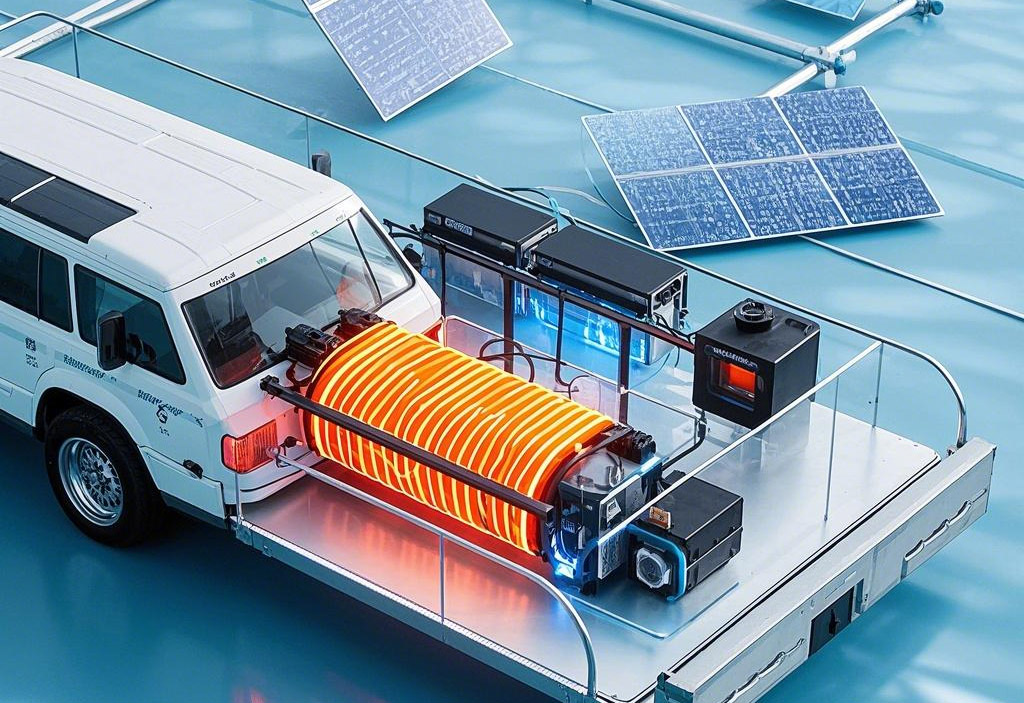
Polyimide Heaters: Key Applications in the New Energy Industry
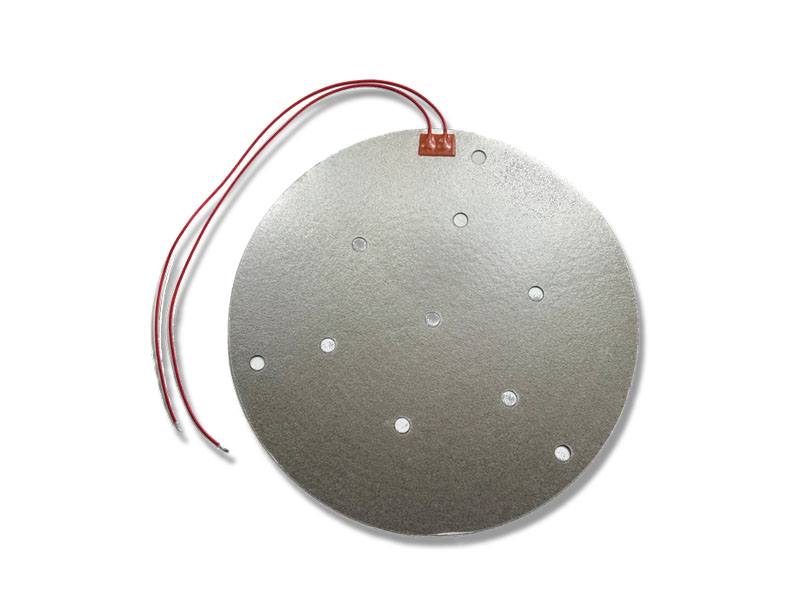
Why Mica Heater Need Multiple Through-Holes
When it comes to heating solutions in industries such as semiconductor manufacturing, food service, and laboratory applications, mica heaters are often the go-to choice due to their durability and versatility. One of the key considerations when selecting a heater is its maximum temperature capability. In this blog, we’ll explore the temperature limits of mica heaters, how they perform under high temperatures, and why they’re a critical component in various industries.
Mica heaters are electrical heating elements made from mica, a mineral known for its heat resistance, electrical insulation properties, and high thermal conductivity. These heaters are often used in applications requiring precise temperature control and stability. The mica sheets used in these heaters can be cut into various shapes and sizes, making them highly customizable for different industrial needs.
Mica heaters are capable of withstanding high temperatures, making them suitable for extreme environments. Let’s break down the various temperature thresholds for mica heaters:
1. Maximum Operating Temperature: 600°C (1112°F)
The maximum operating temperature for mica etched heaters is typically 600°C (1112°F). This is the upper limit at which these heaters can function continuously, making them ideal for applications where high temperatures are required, such as in the semiconductor industry and specialized industrial processes.
2. Steady Heat Capability: 500°C (932°F)
After the initial power-up, mica heaters can maintain steady heat at temperatures up to 500°C (932°F) without any significant degradation in performance. This is important in applications where a stable, consistent temperature is essential for maintaining the quality and efficiency of the process.
3. Intermittent Heat Capability: 800°C (1472°F)
Mica heaters can withstand intermittent exposure to higher temperatures, up to 800°C (1472°F). While they can operate at these elevated temperatures for short periods, continuous operation at this level is not recommended. Intermittent heating at these extreme temperatures is typically used in specific applications like testing and temporary processes where rapid heating is required.
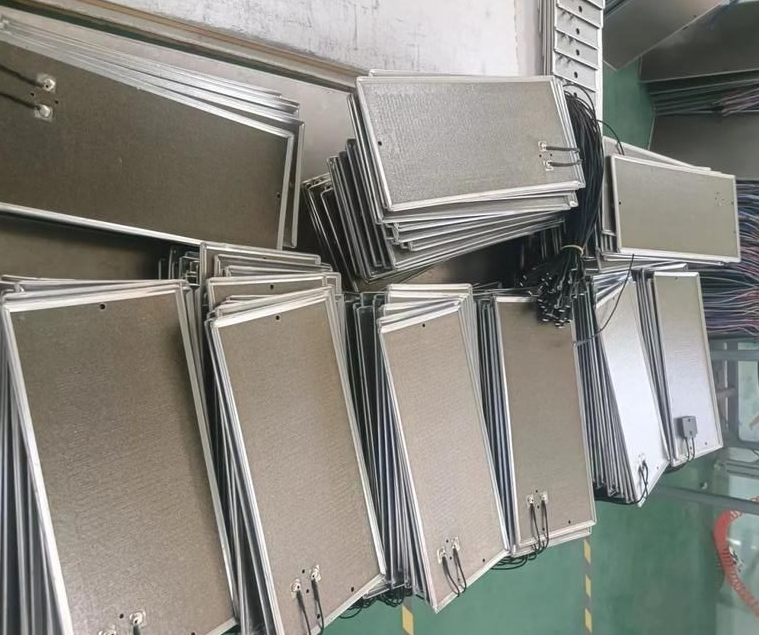
The ability to operate at high temperatures with stability makes mica heaters an excellent choice for several demanding applications. Here are some of the benefits:
· Thermal Stability: Mica is a naturally stable mineral that resists thermal degradation, allowing the heater to maintain consistent performance even after long periods of operation at high temperatures.
· Durability: Mica heaters are designed to withstand rapid heating and cooling cycles without cracking or losing efficiency, making them ideal for industrial applications that require high uptime.
· Corrosion Resistance: Mica heaters are highly resistant to water, alkalis, acids, and oils, which makes them suitable for use in environments where exposure to corrosive substances is a concern.
· Customization: Mica sheets can be shaped and sized to fit specific application requirements, providing flexibility for designing heating elements tailored to unique needs.
Given their high-temperature resistance and stability, mica heaters are used in a wide range of industries. Some of the most common applications include:
1. Semiconductor Industry: In semiconductor manufacturing, precision heating is essential for processes like etching, cleaning, and deposition. Mica heaters can maintain the exact temperatures needed for these highly sensitive applications.
2. Food Service Equipment: Mica heaters are commonly found in ovens, toasters, and other food service appliances, where their ability to provide steady and even heat is crucial for cooking efficiency and food safety.
3. DNA Analysis: In laboratory settings, mica heaters are used for applications such as PCR (Polymerase Chain Reaction), where precise temperature control is required for the amplification of DNA. Mica’s high thermal resistance makes it ideal for this critical process.
4. Industrial Processes: Various industrial applications, including drying, curing, and heat treatment, benefit from the high temperature and durability of mica heaters. Their ability to operate at temperatures over 500°C makes them suitable for use in production lines that involve high-heat processes.
Mica heaters are not just capable of high temperatures—they’re also highly customizable. Mica sheets can be fabricated into a variety of shapes and sizes, which allows manufacturers to design heaters for specific needs. Whether it's creating a flat panel heater, a coil, or a custom shape, mica's flexibility provides an edge in designing heating elements that perfectly fit the desired application.
Mica heaters are reliable, high-performance heating solutions capable of operating at extreme temperatures, making them an ideal choice for industries where temperature stability, corrosion resistance, and customization are key. From semiconductor manufacturing to food service appliances, mica heaters offer a combination of durability, flexibility, and high-temperature performance that is hard to match. Understanding their temperature limits—ranging from a maximum operating temperature of 600°C (1112°F) to intermittent heat at 800°C (1472°F)—ensures you can confidently choose mica heaters for applications that demand precision and reliability.
Whether you're looking to optimize an industrial process or ensure the consistent performance of laboratory equipment, mica heaters provide the versatility and temperature stability you need.

We offer a wide variety of high-efficiency heaters and heating element.Such as polyimide/kapton heaters,silicone rubber heaters,PET transparent heaters, thick film heaters,PTC heaters, mica heaters,epoxy resin heaters and graphene heating film.